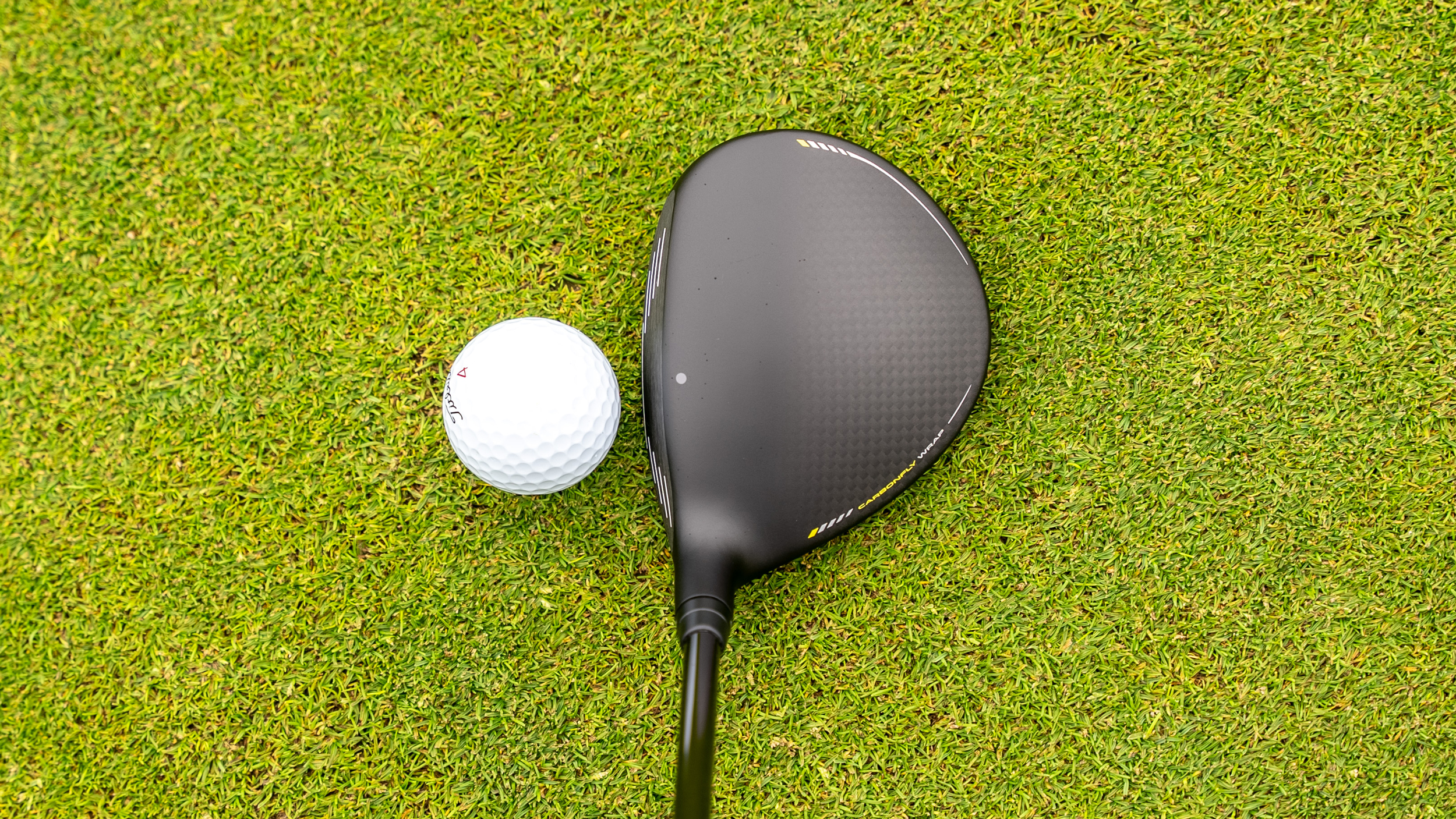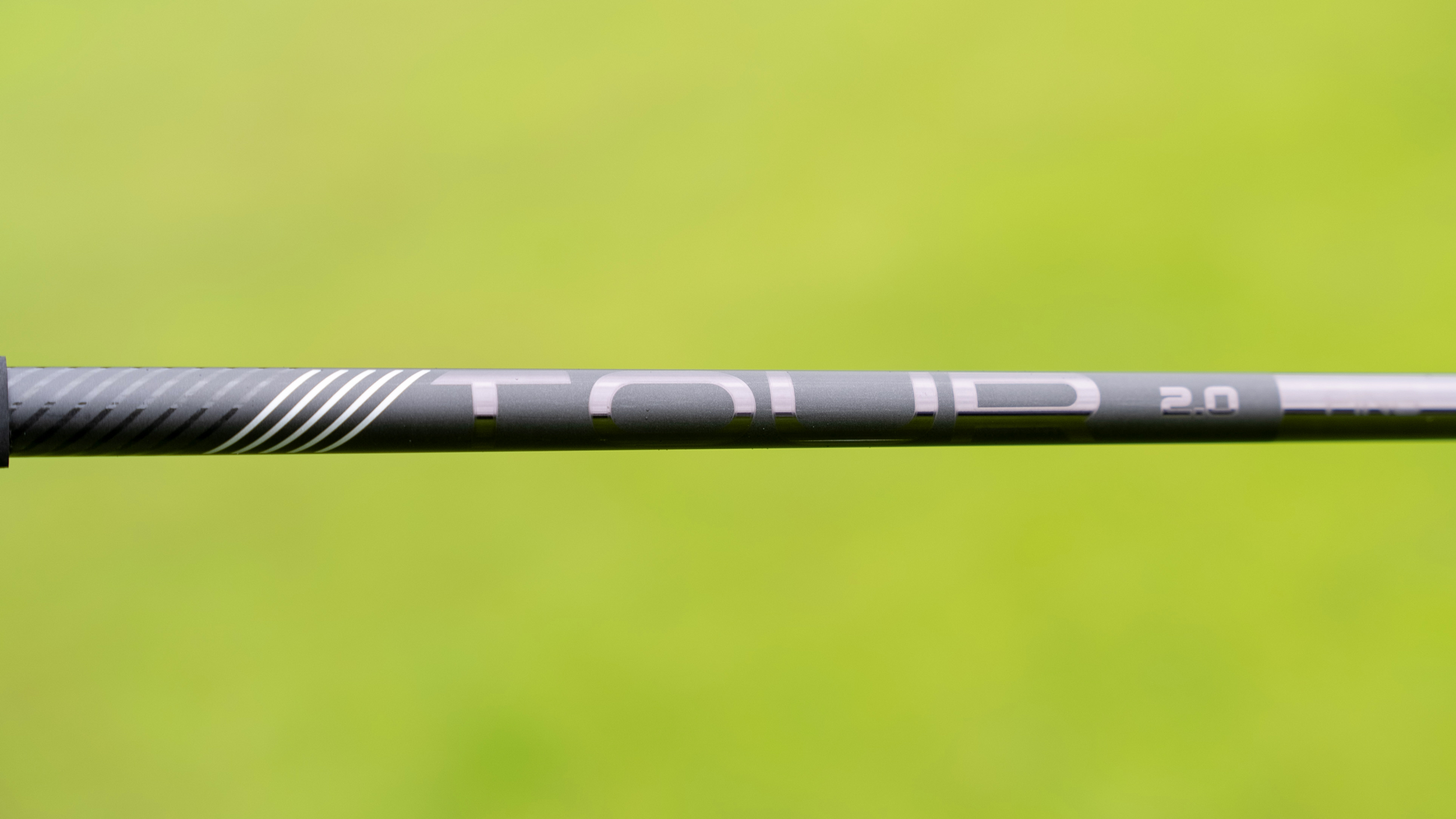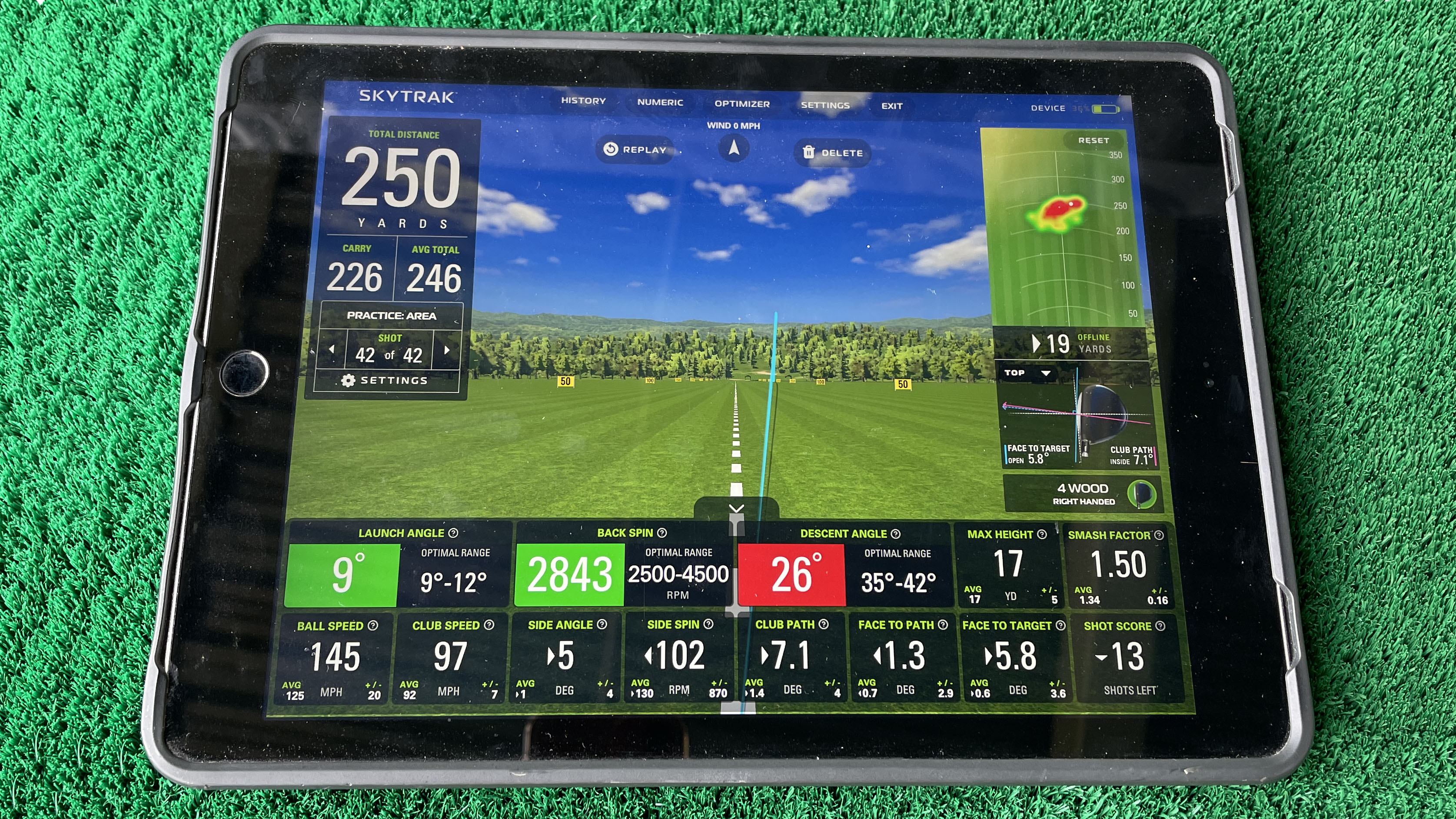Ping G430 LST Fairway Review
Joel Tadman puts the latest Ping G430 fairway wood through its paces to see if the performance justifies the super premium price tag

For a premium price, faster swinging golfers get a powerful fairway wood that offers a sensational feel, playable ball flight and shot-making versatility. Ping made us wait for the G430 LST, but it was worth it.
-
+
Powerful, stable feel
-
+
Versatile from tee and turf
-
+
Low spin, high launch performance
-
+
Plenty forgiving
-
-
Premium price wil deter some
Why you can trust Golf Monthly

Ping G430 LST Fairway Review
Ping made us wait a good six months or so for the LST version of its G430 fairway wood but we finally got our hands on it recently and based on our initial findings during testing, it was certainly worth the wait.
In terms of technology, this club has plenty just like the rest of the G430 range - notably an eight-layer Carbonfly Wrap crown like we saw on the G430 LST driver saves 5.5g of weight to help lower the center of gravity and maximise launch and ball speed. The 169cc head also has an 80 tungsten sole plate and a new variable roll radius that improves performance on shots struck low on the face.

Down at address, this looks surprisingly inviting for a low-spin model - not too compact. Plus it sits a little open, which will appeal to the better player that doesn’t want to see the ball going left. The grey dot at the front of the crown helps position the ball centrally, ably assisted by the white grooves in the heel and toe.
Connect with the middle for the first time and the feeling is exciting. Solid, stable and explosive it leaves you desperate to hit another shot. The sound off the face is louder than most, despite the carbon crown and the refinements Ping has made to the acoustics that make it marginally more subtle than G425 fairway wood.

I tested the Ping G430 LST fairway in 15° with the Ping Tour 2.0 75x shaft. This was originally built for a colleague with a faster swing speed, but I actually got on with it really well. Despite it being the low spin head and the shaft being very strong, I got more that sufficient launch and peak height when hitting shots off the range mat. This only improved when I reverted to hitting shots off a low tee.

The data from the SkyTrak+ launch monitor suggested I was within optimum ranges for most parameters and that it was outperforming my Titleist TSR3 fairway. Despite using range balls, I averaged 226 yards of carry and 250 yards of total distance, which was six yards longer than my TSR3 thanks to 1mph added ball speed. The G430 LST also spun around 500 rpm less but launched a degree higher.
Subscribe to the Golf Monthly newsletter to stay up to date with all the latest tour news, equipment news, reviews, head-to-heads and buyer’s guides from our team of experienced experts.
In terms of ball flight, shots did have quite a strong draw to them at times - such is the tendency given my in-to-out swing path. It also causes some toe strikes, which really exaggerated that flight and caused carry distance to drop due to the reduced spin. It wouldn’t be unfair to suggest that this club is designed for fairly competent ball strikers - if you use a lot of the face, the higher spin profile found on the G430 Max fairway will serve you better. My dispersion with the G430 LST was wider than my own Titleist TSR3, which suggests it isn't one of the most forgiving fairway woods - but given the low spin, there's enough help on offer for the slight mishit.

That said, I was surprised at how playable and consistent this fairway wood was once I got in the groove. It got the ball up in the air with ease and feels incredibly powerful. It also comes with an Arccos sensor screwed into the grip which, as a user of Arccos Caddie Smart Sensors, makes the process of incorporating this club into my bag set up and collecting performance data a much simpler one.
The elephant in the room here is the price. Coming in at £550 (around $580), it costs £200 more than the other fairway wood models in the range and even more than the G430 Max and SFT drivers (£525). This is a big jump and one that will be tough for many golfers to justify, regardless of how well it performs. But if money is no object I don’t think it would be farfetched to suggest this is one of the best all-round fairway woods for the faster swinger. It was really enjoyable to hit and is certainly a strong contender for a place in my bag.

Joel has worked in the golf industry for over 15 years covering both instruction and more recently equipment. He now oversees all equipment and video content at Golf Monthly, managing a team of talented and passionate writers and presenters in delivering the most thorough and accurate reviews, buying advice, comparisons and deals to help the reader or viewer find exactly what they are looking for.
One of his career highlights came when covering the 2012 Masters he got to play the sacred Augusta National course on the Monday after the tournament concluded, shooting a respectable 86 with just one par and four birdies. To date, his best ever round of golf is a 5-under 67 back in 2011. He currently plays his golf at Burghley Park Golf Club in Stamford, Lincs, with a handicap index of 3.1.
Joel's current What's In The Bag?
Driver: Titleist GT3, 9°, Fujikura Ventus Black 6 S shaft.
Fairway wood: Titleist TSR3, 15°
Hybrid: Titleist TSi2, 18°
Irons: Titleist T150, 4-PW
Wedges: Titleist Vokey SM10, 50°, 54° and 58°
Putter: LAB Golf DF3
Ball: 2025 Titleist Pro V1x